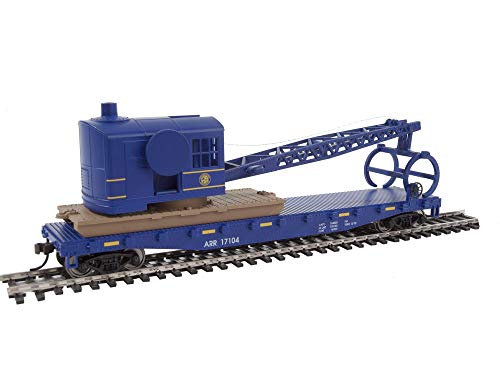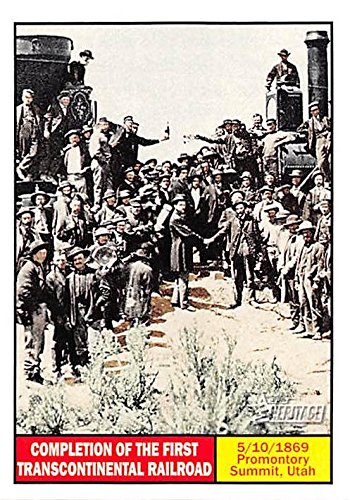Actually I wouldn't bet that PTC would have prevented this accident. There is a chance that the train still would have collided with PTC.
A PTC system with positive train stop would have prevented it. By definition, a positive train stop system stops the train before it passes a signal at danger. I believe the PTC system that is mandated has this property, which is what makes it complex and makes its characteristics different fro safely operating freight trains at freight train speeds vs.passenger trains at significantly higher speeds, since pesky things like distance to next signal and braking curves have to be taken into consideration.
In normal operating circumstances I would agree with you Jishnu, but remember that this accident wasn't quite normal. First, let's talk about normal. In the case of the Metrolink train, had the engineer sailed past the approach signal (the signal right before the red one), at a rate of speed higher than allowed by that signal, then yes PTC would have kicked in and stopped the train prior to the stop signal.
However, in this case that approach signal was just prior to a station stop. Therefore the train was already slowing down to make that stop, therefore no penalty application by PTC. Now the engineer starts back up after making the station stop. By the time he reaches a speed that would be above the maximum allowed by the restricting approach signal, he's probably already covered half the one mile distance to the signal at danger.
Once he gets above the maximum allowed speed, the PTC gives him a warning that he needs to stop/slow the train down. The engineer is given at least 15 to 20 seconds, maybe even a bit more time, to actually start slowing the train. If no action is taken, a loud blaring alarm goes off that would basically wake the dead, warning the engineer that he needs to take immediate action. And again, the engineer is given several seconds, probably 15 to 20 again. By this point, the train has now probably covered another 1/4th of a mile, if not more.
PTC finally has enough of the inaction and it applies the brakes, but with less than 1/4th of a mile left between the switch and the engine, there is no way that this train is stopping before running the switch. UP coming at 40 MPH will slow once its PTC warns the engineer that there is a problem ahead, but again, he's not stopping before colliding with the Metrolink train. Yes, it won't be an 80 MPH collision, but there will almost certainly be a collision.
All that said, if PTC had been there that day, it is most likely that Mr. Sanchez would have dropped his cell phone and stopped the train in time. But, if Mr. Sanchez had been somehow incapacitated, it is unlikely that PTC would have prevented an accident. It would have mitigated the consequences of a collision, but I suspect that one still would have happened.




















































